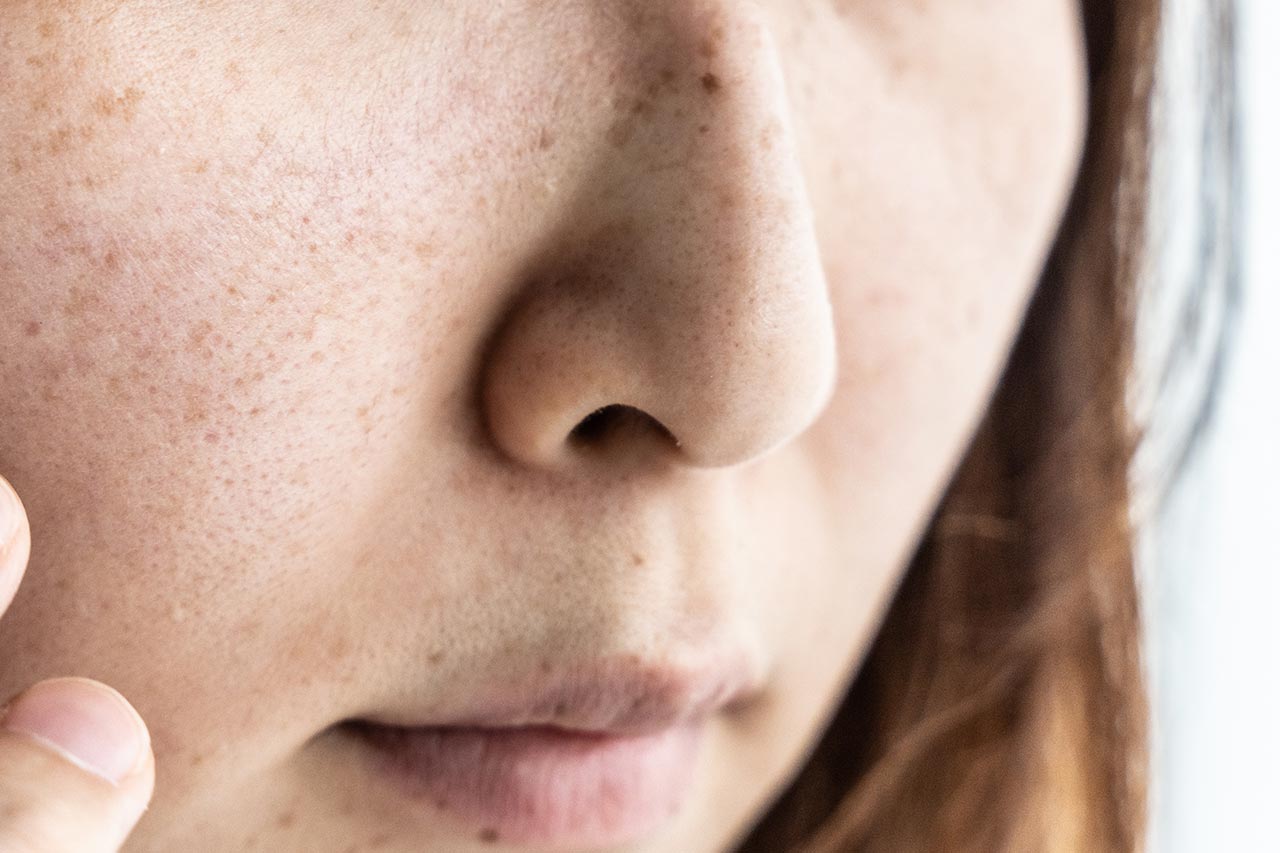Skin microbiota and the cosmetics industry: what will be the reality in 2020?

Since the 2000s, scientific interest in the microbiota has been growing steadily, particularly in the United States and Europe. After the intestinal microbiota success, bacteria and other microorganisms are now living their glory days in the cosmetics world. The skin microbiota is particularly successful, as shown by the number of scientific publications, which doubled between 2016 and 2019 [1]. Many cosmetics players are positioning themselves on the subject, from start-ups to industrial groups, from Galinée to L’Oréal and Givaudan. Alcimed sheds light on these small bacteria with great assets for the cosmetic industry.
The skin microbiota’s impact on skin health: demonstrated but still poorly understood
Technological and scientific advances such as DNA sequencing have led to the discovery of many bacteria strains living on the skin. Studies on interactions between the microbiota and the skin (their host) have shown that they live in symbiosis: while microorganisms exploit their human host for nutrients, they also benefit the skin by helping to maintain the immune system and limiting the pathogenic microorganism’s growth.
However, most of the mechanisms of action are still misunderstood. The multitude of microorganisms and the interactions between them make their study very complex. Moreover, there is not a single model, but an infinite variety of skin microbiota. The microbial ecosystem varies according to individuals, lifestyle, age, environmental conditions, and even the area of the skin, making it almost impossible to standardize the microbiota into a single model.
Learn more about the challenges of the human microbiome and its market >
New innovation opportunities for the cosmetics industry
Understanding the skin microbiota opens up a lot of possibilities for innovation in the cosmetics industries, both BtoB and BtoC. Indeed, an unbalanced skin microbiota could induce or be due to:
– skin diseases, such as acne, atopic dermatitis or psoriasis
– dandruff
– body odour
– or even accelerated skin aging
Consumers are becoming increasingly interested in the skin microbiota, thanks to the intestinal microbiota related products already developed, which have served as a gateway, and to the educational efforts of the brands. Manufacturers are therefore starting to develop skin and microbiota respectful products, by limiting preservatives or an excessively high pH. The associated claims are to maintain or protect the microbiota balance.
Eventually, identification and understanding of the skin microorganisms could help to modulate their action in order to, for example, limit certain skin conditions or slow down the skin’s ageing process. Some products already claim to be able to restore an unbalanced microbiota or to improve skin condition through the microbiota. These products may be prebiotics (substrate to be used by a microorganism), probiotics (the microorganism, living or not, according to the definitions), postbiotics (product derived from the microorganism), or active ingredients with a demonstrated effect on the skin microbiota.
Thus, more than a fashion phenomenon, the microbiota subject has a great chance to proliferate! After demonstrating the importance of skin microbiota, academic work on the subject will allow a better understanding of its functioning and its role on skin health. The cosmetics industry, which is increasingly positioning itself on this promising subject, will have many areas of innovation. The cutaneous microbiota also paves the way for tailor-made cosmetics. As each individual has a unique microbiota, we could imagine a complete screening of each person’s microbiota to identify present and future dysbioses, and to develop a targeted treatment or care. At Alcimed, we are sure of it, the possibilities of the microbiota are endless!
About the author
Marine, Consultant in the Alcimed team in France
Do you have an exploration project?
Our explorers are ready to discuss it with you